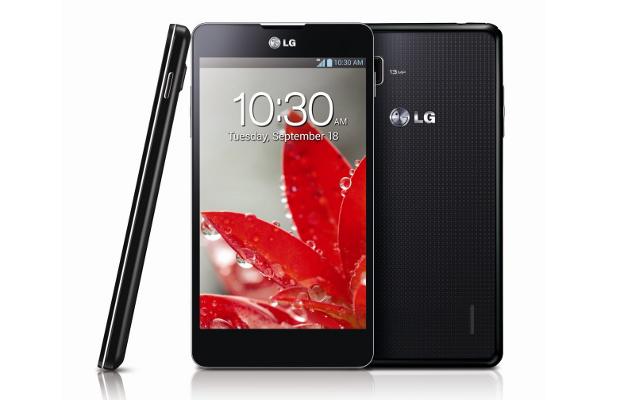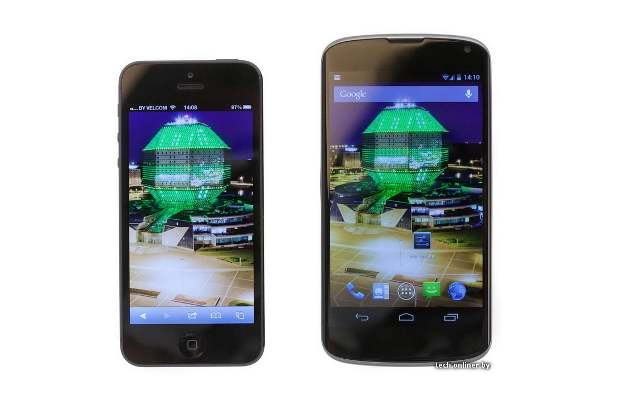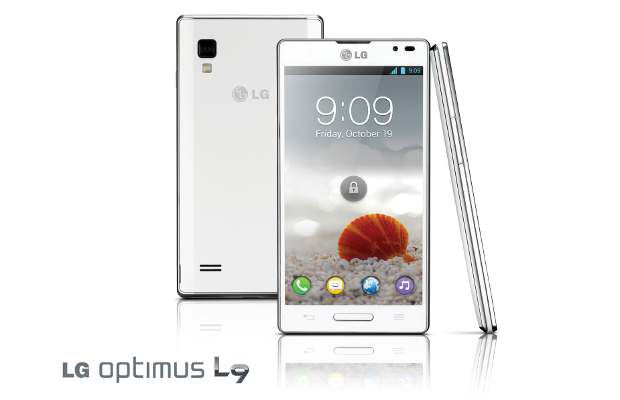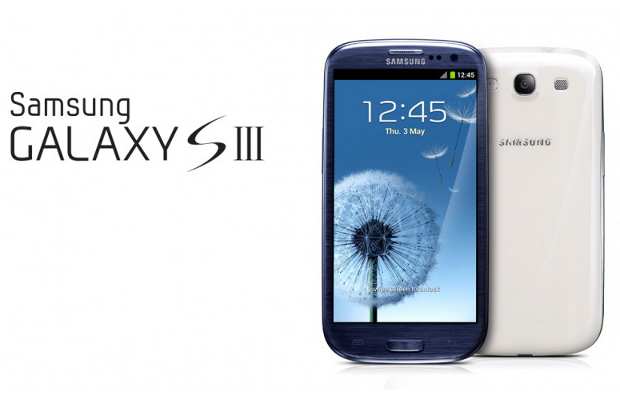Samsung pretty much introduced the consumers to a ‘hybrid’ device, that is the perfect middle ground between a conventional smartphone and a 7-inch tablet. The Galaxy Note N7000 was launched last year, aimed at the demographic of users who don’t mind using a bigger display for texts and mails as well as web browsing. Let us not forget that the Dell Streak was the first such ‘phablet’ device in the Indian market, but no one apparently bothered too much about it anyway, did they? Mostly because the Streak came much before its time. Now however, things seem very different.
Build & DesignQuite simply, the
Note II has a very similar build quality as well as dimensions to the
Galaxy SIII. You have the you have the rounded corners with the fake aluminum finish, slightly shiny colour finish, thin bezel flanking the display and the same hardware and touch sensitive key layout below the display. Add a stylus into the mix, that slots in neatly at the back, and enlarge the design using the pinch to zoom gesture on a display, and you have the Note II!
Don’t get us wrong, because we like what the Note II has finally emerged as. The display on this one slightly bigger - 5.5-inch compared to 5.3-inch, than on the predecessor. On the front, below the display are two touch sensitive keys for options and return, while Home is a hardware key. This also doubles up as the default Android task manager if you long press and for S-Voice when double-pressed.
The bezel flanking the display is quite thin, the dimensions of which was something that would probably always have been of critical importance during the design process. The earpiece above the display has a chrome grille finish, and to the right of it are the front camera, the proximity sensor and the light sensor. The left side spine has the volume rocker, while the right spine has the power/stand-by key. On the bottom is the micro USB charging port, and the 3.5mm headphone jack sits at the top.
Flip the Note II over, and you have the Titanium Grey in a slightly shiny finish. Towards the top is the 8MP camera with LED flash and at the bottom is the tiny speaker. The S-Pen sits neatly in a bay , with the pen sliding in/out near the bottom left curve.
Open up the battery cover, and inside is the humongous 3100mAh battery, the memory card slot and the micro-SIM slot. The battery cover opening mechanism is surprisingly cheap and something that is fairly common on budget phones. Samsung needs to rework this for the next Note update.
Speaking of the sides, the fake aluminum frame running around the phone has been carried forward from the Galaxy SIII. While we like the overall build quality of the Note II, it is rather disappointing that this fake element has been added to the package.
The slightly bigger display size means the Note II is a bit wider than the predecessor, but compensates for that by being a tad slimmer. Overall, this is a device that will evoke mixed opinions in terms of usability and comfort. Personally, I like the overall form factor but the risk of it slipping out of the hand is a genuine threat for most users. If you can get past that by being careful, the rest of the experience will be a delight!
Find out more about the Samsung Galaxy Note II in the video below:
Features & Specifications
Testing and reviewing Samsung smartphones these days is an exhaustive task! There is just so much to talk about, it is a surprise why the other Android smartphone makers aren’t even bothering about being creative!
First up, let us talk about the stuff that matters - the specs. Straight after the Galaxy SIII brought Samsung aboard the quad-core bandwagon, the Note II climbs aboard at the very next station. This is powered by the Exynos 4412 Quad Core processor clocking at 1.6GHz and is paired with 2GB of RAM. This device has a lot of headroom to allow for some serious multi-tasking without even breaking a sweat.
The predecessor had a 5.3-inch display, but the Note II has a 5.5-inch Super AMOLED one, with a 1280 x 720 pixel resolution. This display is indeed very good, with the crispness being the icing on the top of the cake. For a device that is meant to mirror the usage of both a smartphone and a tablet, this one is fairly comfortable with anything you throw at it. While the display type is the same, colour vividness is very slightly lesser than the Galaxy SIII.
.jpg)
Black levels are satisfactory, making this a very good device for watching videos on. Speaking of which, this display has a 16:9 aspect ratio, unlike the 5.3-inch one on the first generation Note that was 16:10. For web browsing, we come back to the very good crispness and sharpness of the display. Sharpness makes the overall display look attentive, while the text crispness means you don’t need to zoom in on a web page to read most of the time. Very good brightness punch, which when pushed above 70% works well in sunlight too. Surprisingly, the outdoor visibility isn’t very good when you are using the auto brightness setting.
The internal storage space is 16GB, with a microSD slot for up to 64GB more. Dropbox users will get 50GB free storage on their existing account.
Jelly Bean! We are delighted that this device comes with actually the latest Android OS out of the box, rather than an older OS with a bunch of very genuine sounding promises. Other Android phone makers need to take a cue from this and up their game, and the lackluster attitude is the reason why there is so much fragmentation within the Android device demographic.
.jpg)
S-Pen is the unique feature of the Note series of phablets and tablets. This one adds a lot more to the entire package. First up is the mod to the user interface that opens up an 8th home screen the moment the S-Pen is removed from its bay. This screen will show up apps that are dedicated for the S-Pen functionality. While the functionality and the apps remain largely the same, there is another very interesting upgrade - Air View. Hover the s-pen slightly above the display, and you can see pop-ups showing the contents of SMSes, calendar entries and emails. This is rather helpful, if you suddenly need to pull out an old email, but like most people, the inbox is almost bursting to the seams.
.jpg)
With a display as big as this, the problem for most people would have been the size of the keypad. Typing with the same hand holding the phone would have been literally impossible. However, you have the one handed operation feature that extends to the keyboard. Once this is active, go to messaging, for example, and you can either shift the keyboard to the left of the right. Now, the keyboard is essentially a compressed version of its original self, but still adequately big enough to enable error free quick typing. Now, typing with the same hand holding the device is very much possible.
Multi-tasking is basically now at the level of the Galaxy SIII. The pop-up feature lets you okay a video, resize it and place it anywhere on the screen while you do any other tasks on the device. While there was the odd stutter with Galaxy devices having 1GB of RAM, the Note II with 2GB of RAM handles this feature with a lot of smoothness.
We are also hearing that the
Multi-Window update is coming to the Note II, as an update that has been rolled out globally. Out review unit has still not received it, but hopefully that will enable even more apps to be opened simultaneously on one screen itself.
The TouchWiz UI is similar to the one on the Galaxy SIII, but there are certain additions to this version. Take out the S-Pen, deploy the earphones or go on roaming, and additional screens open up with apps/tasks dedicated to that particular task. We have already spoken about the S-Pen screen, and another example of that is the headphone one - has a media player widget, with the ability to create playlists for music and videos.
Carried forward from the Galaxy SIII is the Smart Stay feature, that enables the front facing camera to track the user’s eyes and keep the display switched on. We prefer keeping it off, because the battery life does face some bit of impact. S-Voice assistant is still present, but quite frankly, we haven’t seem many people use it regularly.
Performance
We had expected the performance to be very close to the Samsung Galaxy SIII, but frankly, even we were a tad surprised as to how superior the Note II is over any other Android smartphone in the market, including the sibling.
The benchmarks first, and the Quadrant score of 5981 for the Note II is quite some way ahead of the 5596 the Galaxy SIII scored. In AnTuTu, the Note II scored 13649 while the SIII scored 12095. This is triply verified by the SmartBench 2012 score of 4727 for the Note II and 4468 for the Galaxy SIII. The result - performance that shows no signs of slowing down no matter how many apps you open and even deploy pop-up video feature at the same time. In the real world usage scenario, the Note II is fairly docile for the most part, with the power advantage kicking in with more than 7-8 apps open simultaneously.
.jpg)
With Jelly Bean as an added boost in terms of slickness, the UI navigation is the smoothest we have seen on any Android phone. We will go so far as to say that the slickness of the interface is pretty much on the same plain as the iPhone 4S, and that does say a lot positives about the Note II. The extra RAM is surely helping with the multi-tasking, and it is time most phone manufacturers start taking RAM as seriously as the number of processor cores!
SPECIFICATIONS:
Processor: Exynox 4412 Quad Core 1.6GHz Graphics: Mali-400MP RAM: 2GB Storage: 16GB + microSD up to 64GB Display: 5.5-inch (1280 x 720 pixels); Super AMOLED with Gorilla Glass 2 Camera: 8MP OS: Android Jelly Bean









.jpg)
.jpg)
.jpg)
.jpg)
.jpg)
.jpg)

.jpg)
.jpg)






























